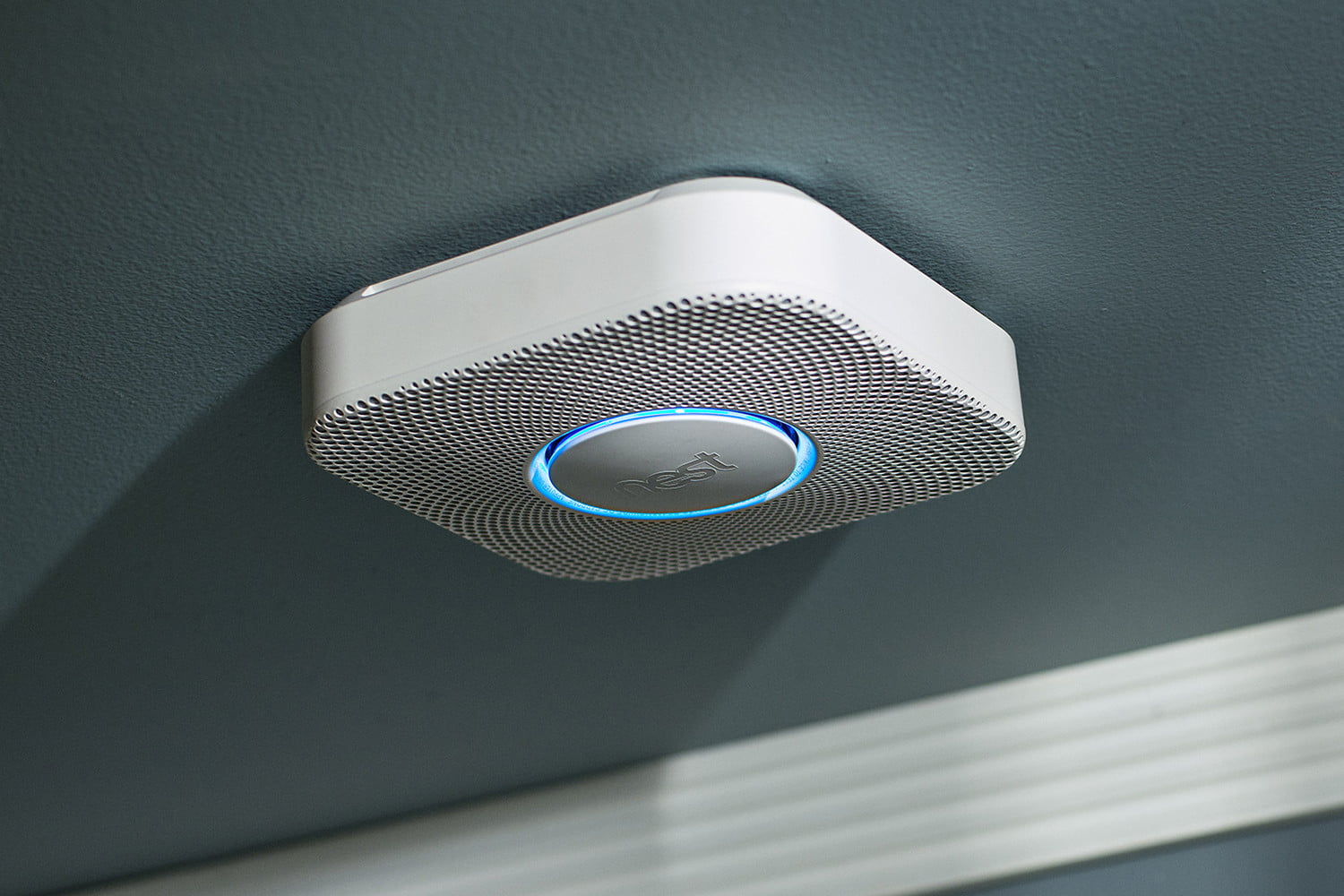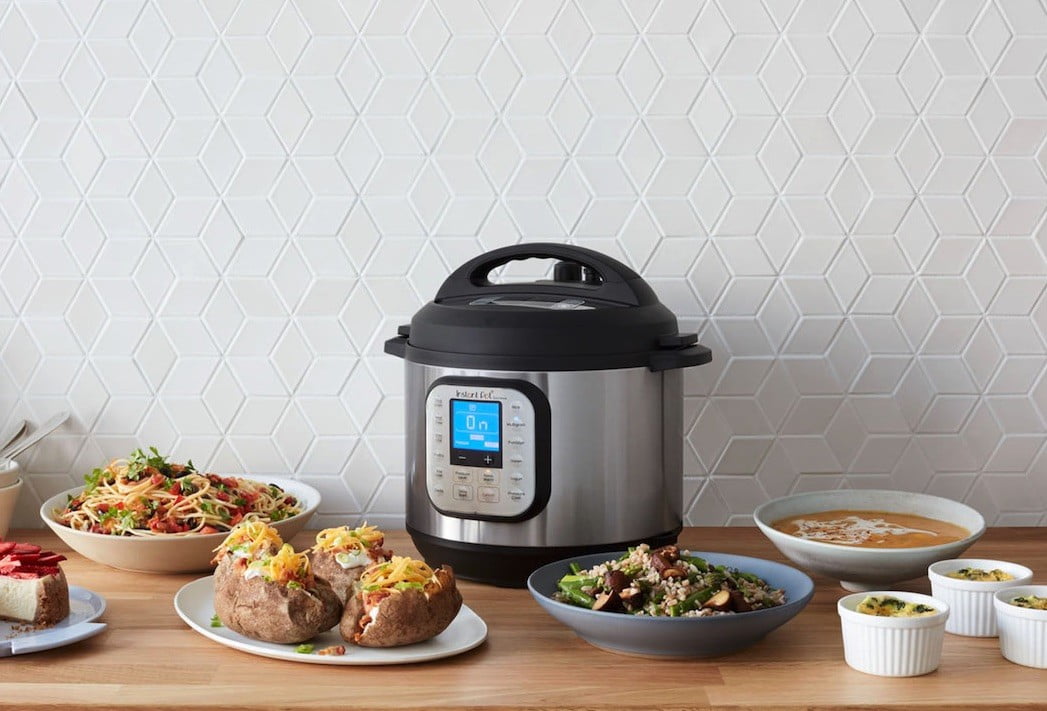The changing of the seasons means it’s time to turn on the heat. Autumn and winter bring with them the promise of hot chocolate, cozy nights around the fireplace, and your annual Christmas movie binge watch. But there’s a potential threat also lurks: Carbon monoxide.
Although carbon monoxide is a threat year-round, it’s more common in the cooler months due to people turning on their furnaces, boilers, and gas and wood-burning fireplaces. Carbon monoxide is the result of an incomplete combustion; in other words, if something doesn’t fully burn (and by “fully,” we mean a complete chemical reaction), carbon monoxide can be produced.
Carbon monoxide is an odorless, colorless gas that binds to your blood cells in place of oxygen. Around 430 people die each year from accidental carbon monoxide poisoning, and another 50,000 end up in the emergency room.
Carbon monoxide monitors can alert you to increased levels of CO in your home, but more modern, smart CO detectors are a much better option that will keep you and your family safer.
How carbon monoxide detectors work
A carbon monoxide detector watches for dangerous levels of carbon monoxide in the air. The gas is measured in parts per million (ppm). While most people won’t feel any symptoms as long as CO levels remain below 70 ppm, the lower the level, the better — and it’s best if they stay below 50 ppm. Carbon monoxide is more dangerous above 70 ppm, but especially when it reaches the 120 ppm and higher range, where disorientation and unconsciousness occurs.
The reason carbon monoxide is so dangerous is because you can’t tell it’s there. Many victims go to sleep at night and never wake up again. Its symptoms resemble those of the flu, and what do you do when you feel sick? Right — you take a nap.
Carbon monoxide detectors traditionally sound an audible alarm, similar to that of a smoke detector. This will either be a sustained tone or a series of rapid beeps. Sound alone is not enough, though — and it’s the reason why smart CO detectors are the better option.
Smart CO detectors link with other devices for better protection
Your best weapon in combating carbon monoxide is awareness. A loud alarm is helpful, but there are situations when it doesn’t always work. For example, if someone is hearing-impaired or they’re on the opposite side of the home from an alarm, they might not hear the tone.
A smart CO detector sounds a loud alert, but it also sends a push notification to your phone. You’ll receive a message telling you that carbon monoxide concentrations have reached dangerous levels.
You can link smart CO detectors with other devices in your home. If it’s part of your security system, you can set it to trigger the alarm system’s siren. No matter how tired you are, you aren’t likely going to sleep through a 110-decibel wail.
You can also link it to your smart lights. Using a service like If This Then That (IFTTT), you could set your lights to change colors if the alarm goes off. This is particularly useful for those with hearing impairments since it provides a visual aspect to the warning — and that’s on top of the push notification sent to mobile devices.
Many people already have a smart CO detector in their home and might not even realize it: The Nest Protect. This device integrates easily into the overall Nest family of products and is more than just a CO detector. It monitors for smoke from both fast and slow-burning fires thanks to its split-spectrum detection. It’s a solid pick for anyone that needs a CO detector in their home, but is even more of a go-to option if you’re already invested in the Nest ecosystem.
Other options lie in smart CO detectors bundled with security systems, like ADT. While you need a full ADT system to use its carbon monoxide detector, you’ll receive alerts if CO is detected. The 24/7 monitoring also means someone besides yourself will be watching for dangerous levels of buildup.
November is Carbon Monoxide Awareness month, but it’s a constant threat. As you turn on your heat, make sure you have a detector installed somewhere in your home (ideally in more than one place) to watch out for CO buildup. Many people install CO detectors after a scare or a close call. This year, choose to be proactive instead of reactive.


